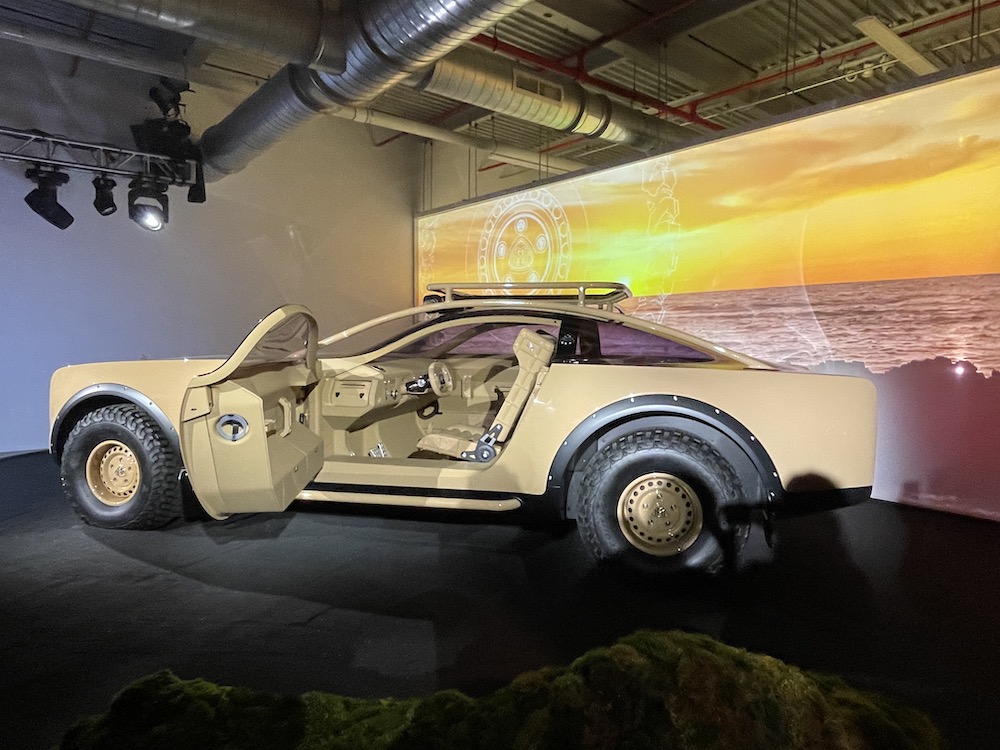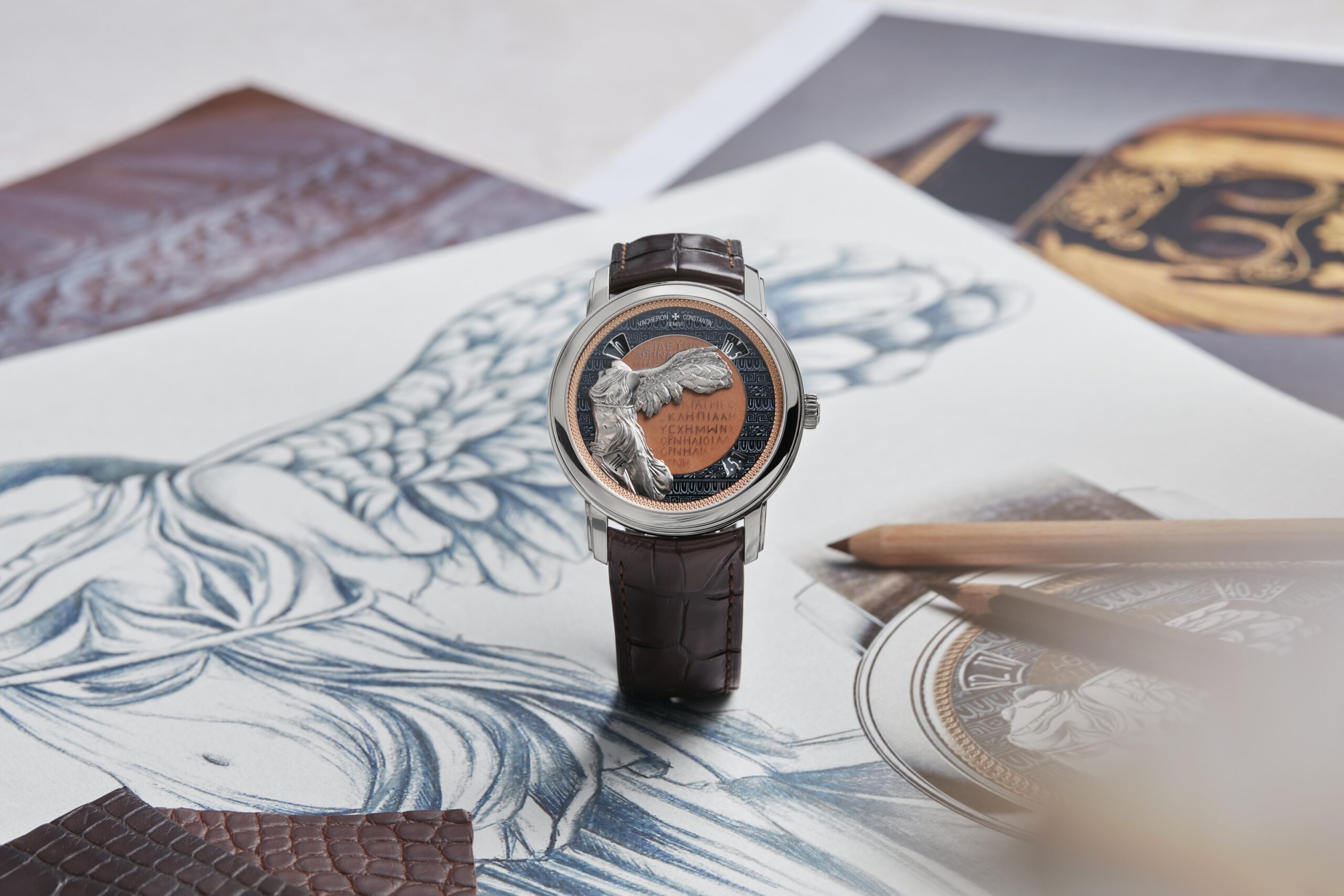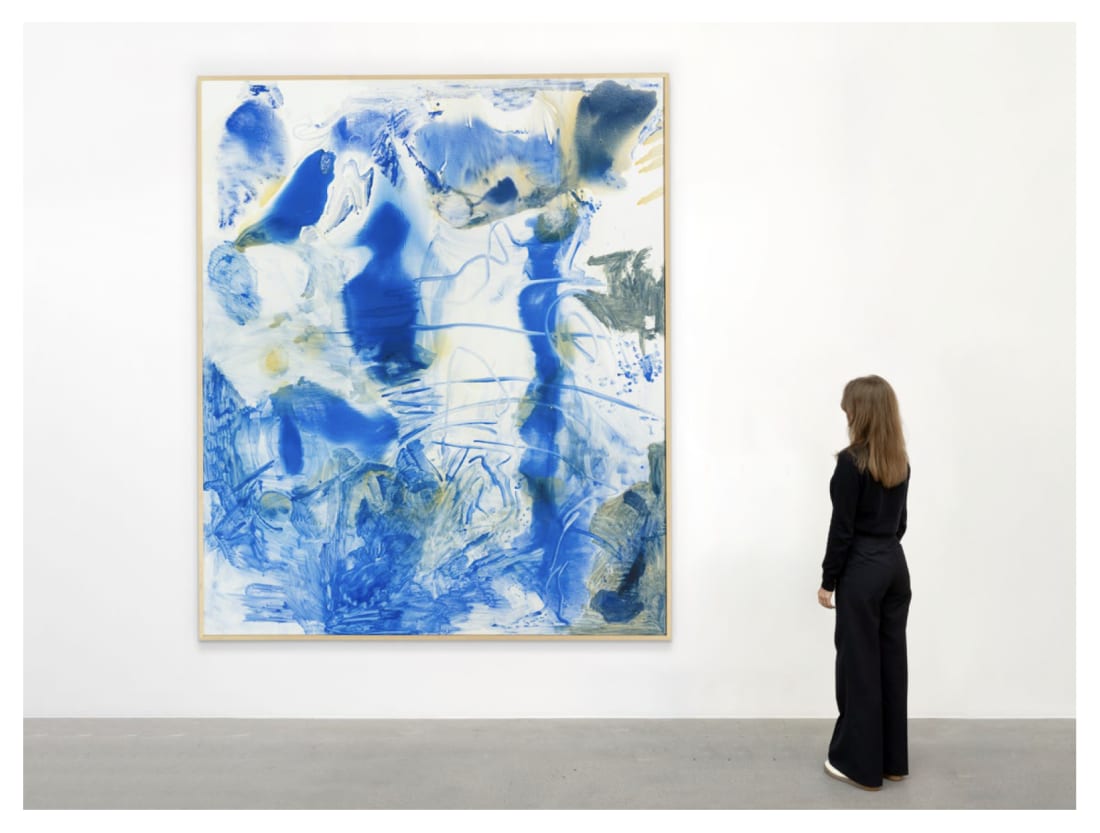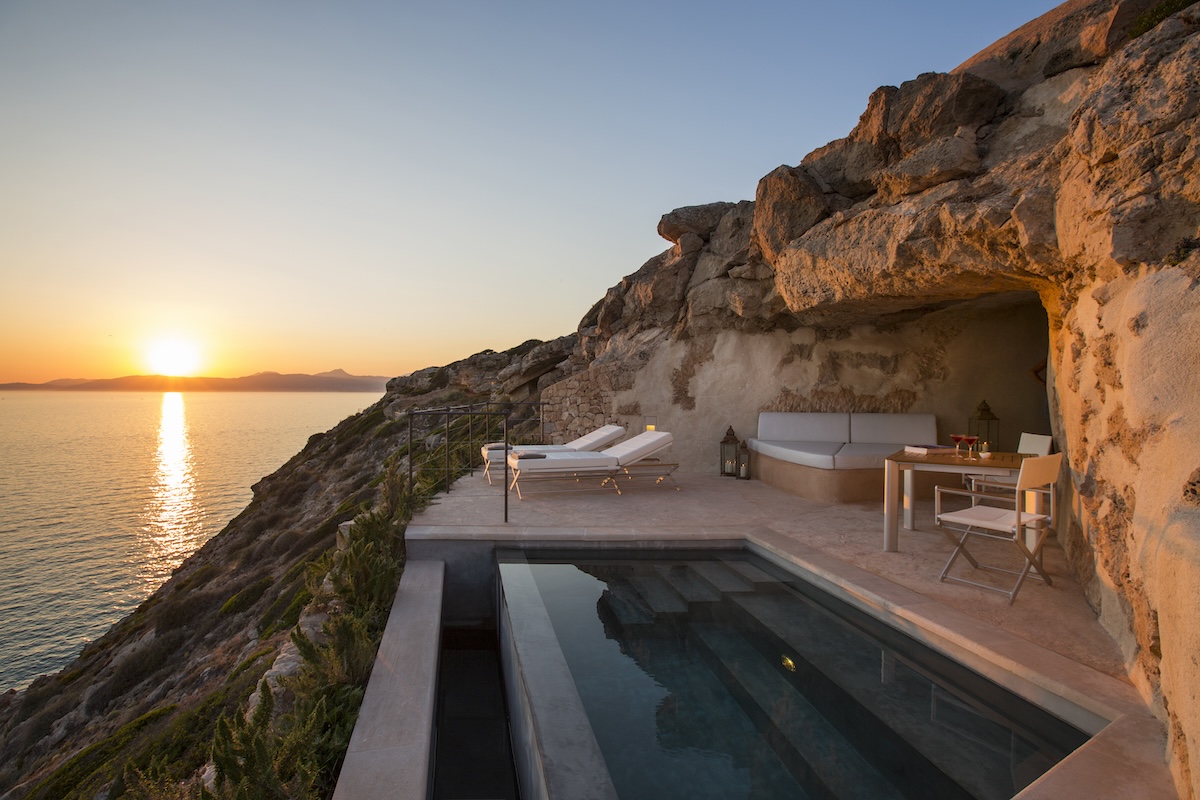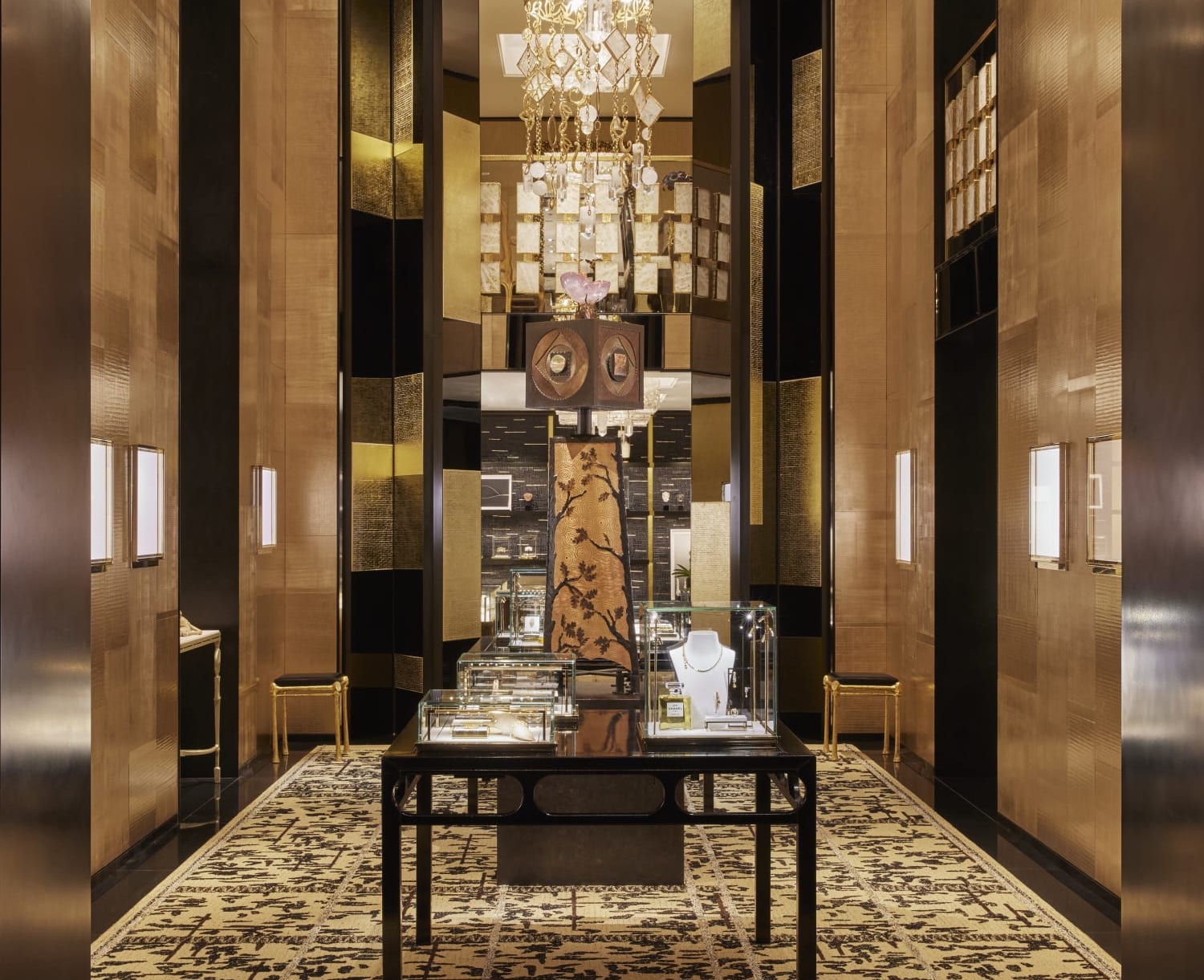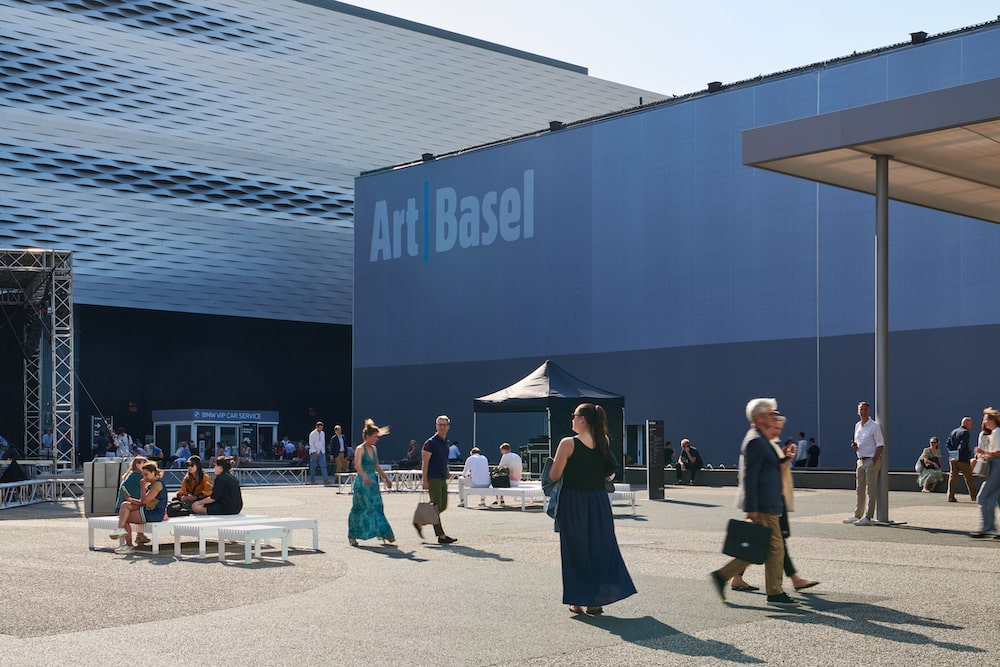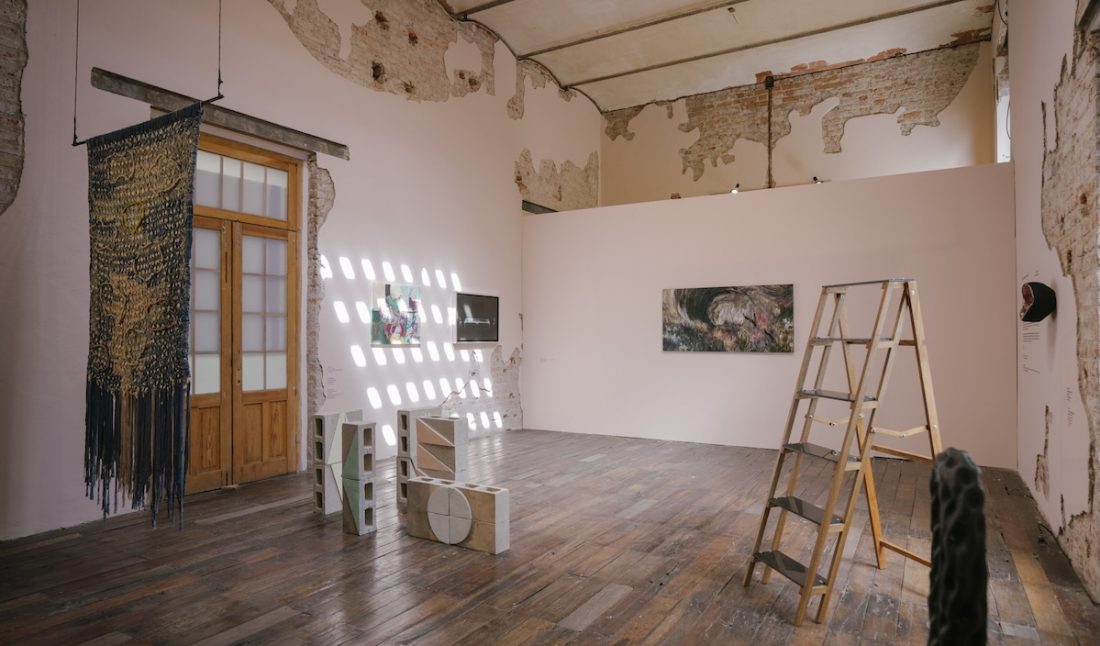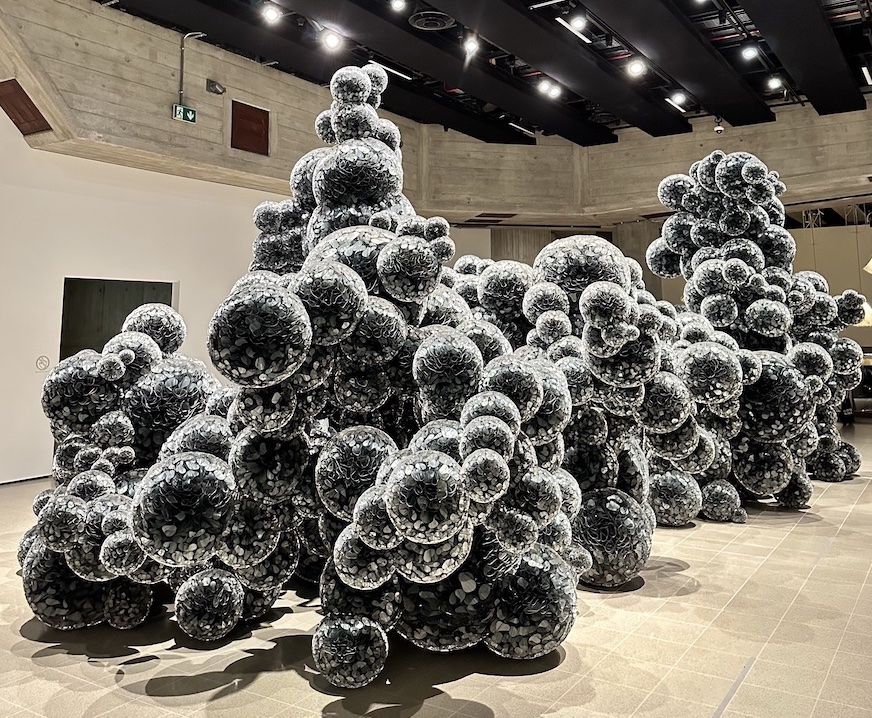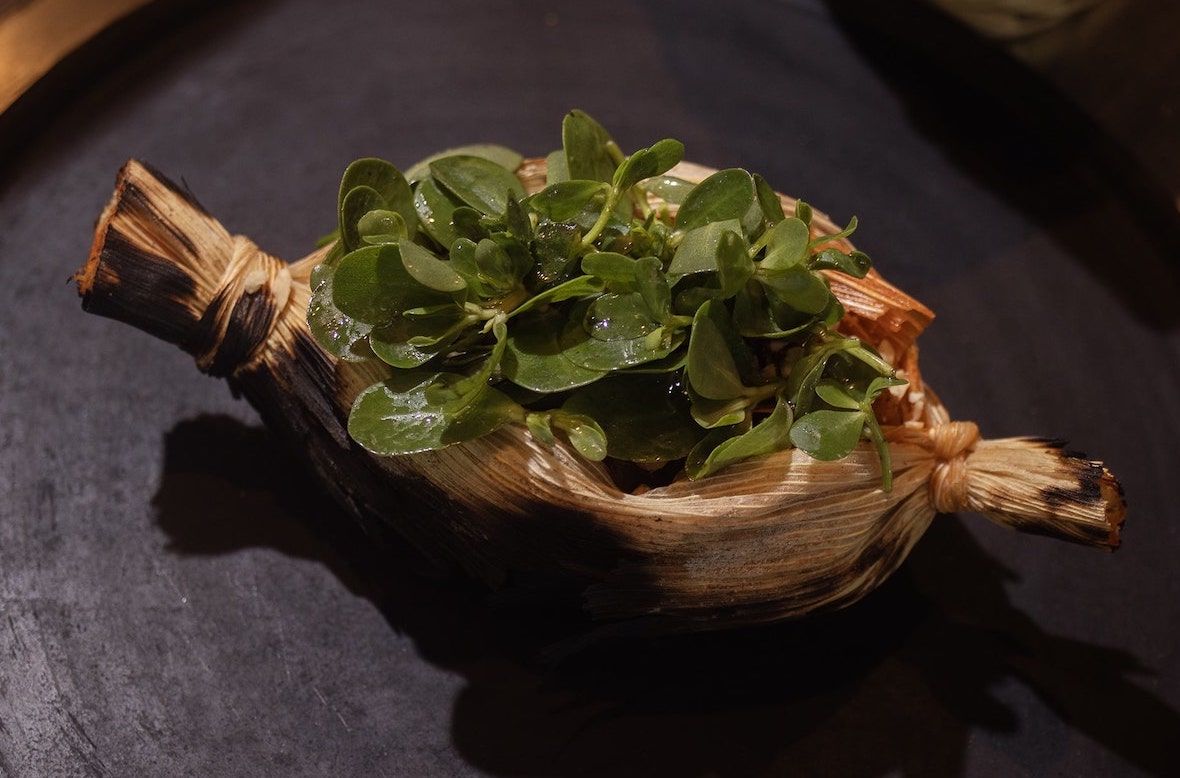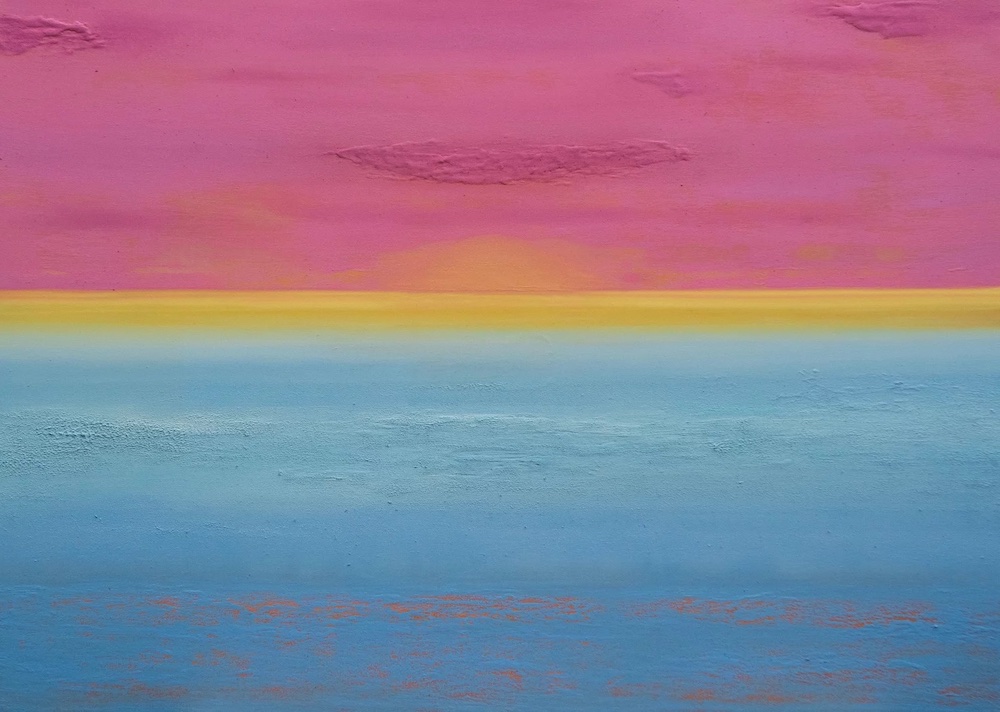For over a decade, Proyectos Públicos has been changing how Mexico City engages with art, culture, and restoration through its properties—most of which were originally destined for demolition. Best known for hosting the annual Salón Acme during Mexico City’s Art Week, the collective has transformed its passion for salvaging and creative restoration into a continuous effort, turning forgotten spaces into thriving hubs for culture, art, and hospitality.
“It all started with Prim, a space that was about to be destroyed for a real estate development. Pepe Islas, the founder, bought the place and rescued it. His vision was to maintain the essence of the space while transforming it. Now, Prim is a public space,” explains Annabelle Herelle, Marketing & Culture Director. “We have a balanced business model. We offer these spaces free of charge to artists, but in exchange, we seek collaborations through exchanges or donations of works.”
Prim is a Thriving, Cult Favorite in Mexico City
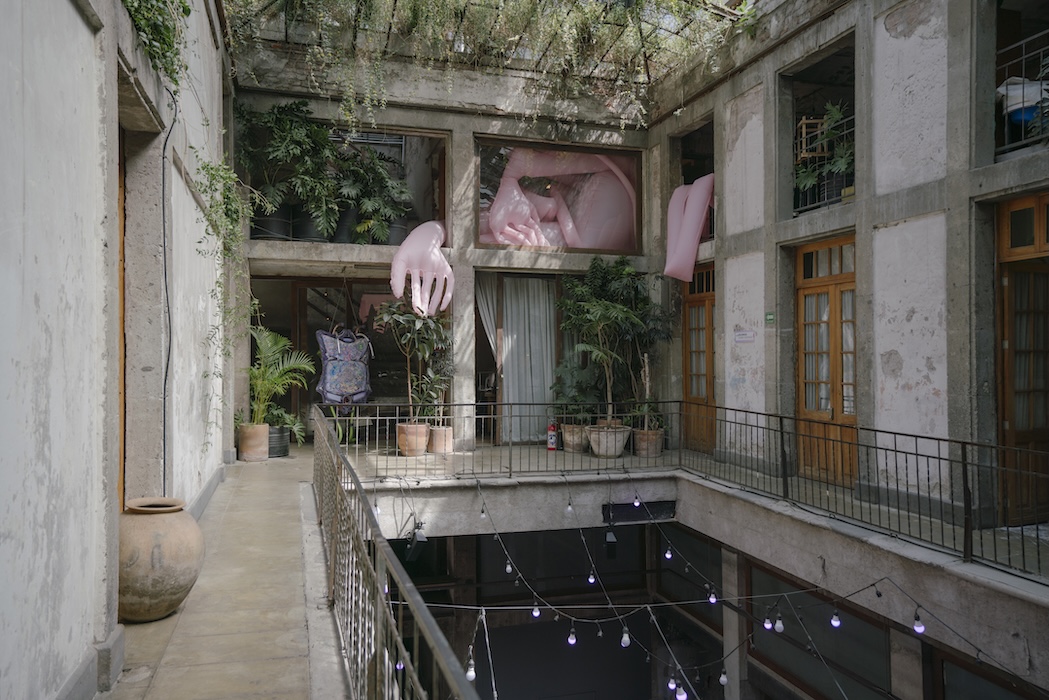 Courtesy of Prim.
Courtesy of Prim.
Among its eight properties, six are located in Mexico City proper (with one in Veracruz and one in Wyoming). Prim—just steps away from the city’s new Soho House—has become a cult favorite with its patina-rich courtyard, artisan workshops, and cultural exchanges. The building dates back to 1905 when General Prim, originally from Guadalajara, sought to build his influence in the capital.
“We seek collaborations through exchanges or donations of works,”
Annabelle Herelle
Over the years, it has seen many phases, including serving as a matchmaking factory and a glassblowing space, and even surviving an attempted illegal demolition that nearly caused its collapse. Today, the building thrives, hosting Taverna restaurant, a creative and cultural space, and an open-to-the-public Safe Space for meditation and relaxation.
Prim Radiates During Mexico City Art Week
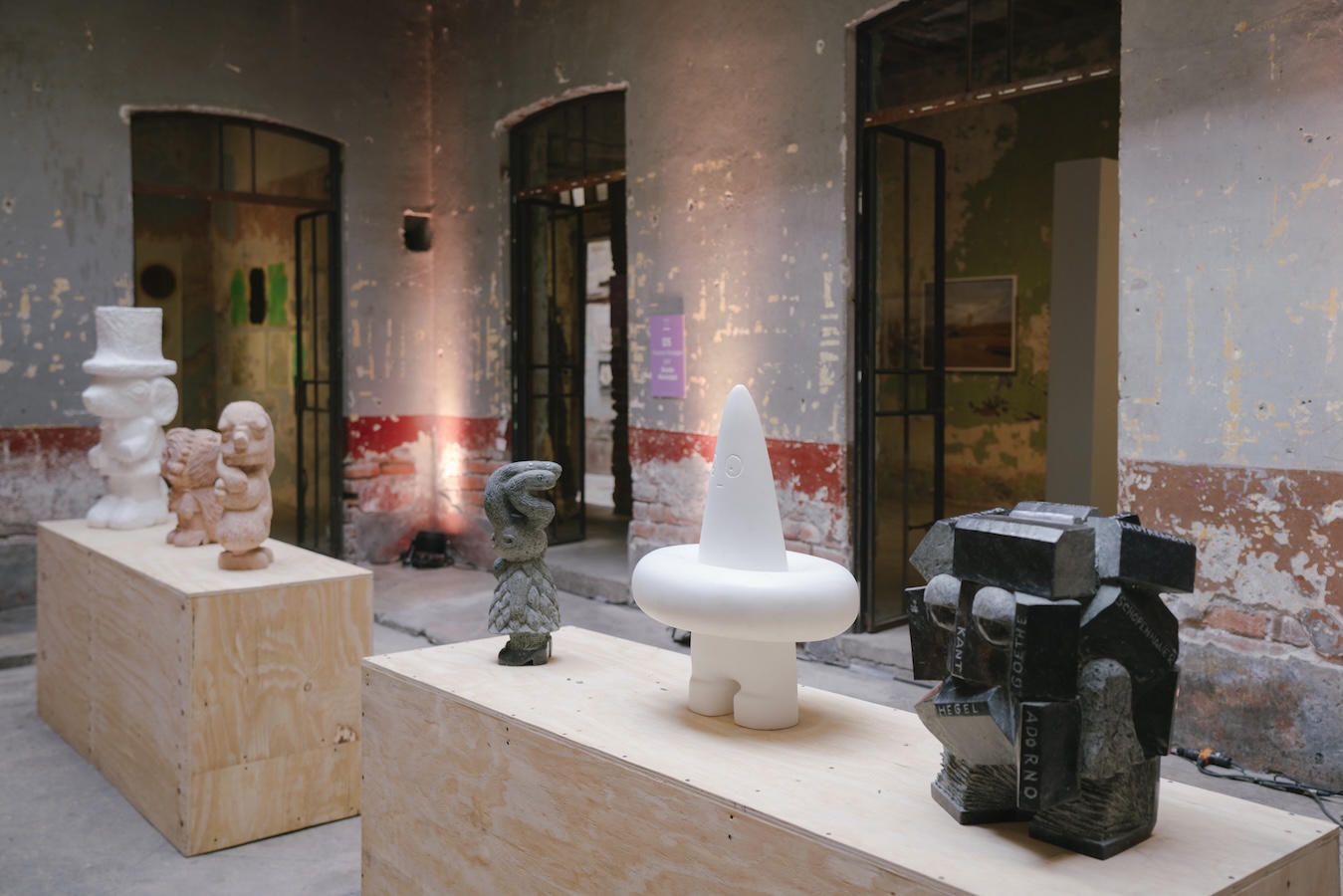 Courtesy of Prim.
Courtesy of Prim.
While the space buzzes with creatives and their workshops year-round, it comes alive even more during the four days of Salón Acme. This year marks its twelfth edition during Mexico City’s Art Week from February 6 to 9, 2025. The fair showcases the work of 79 selected artists from a pool of 1,800 applications across six sections: Open Call, Bodega, Guest State, Projects, Patio, and Sala. The invited state for this edition is Veracruz, curated by Rafael Toriz, who presents an exhibition reflecting the cultural and artistic richness of the region and offering a dynamic perspective on Veracruz’s contemporary art scene.
“We are always looking for spaces with a very special vibe. We like to rescue places that might otherwise be sold off and transformed into terrible buildings with twenty-square-meter apartments—like what’s happening in the city right now. We take the luxury of buying or rescuing these spaces and giving them a new life,” says Herelle.
The Launch of Proyectos Públicos’ Trayectos 2025
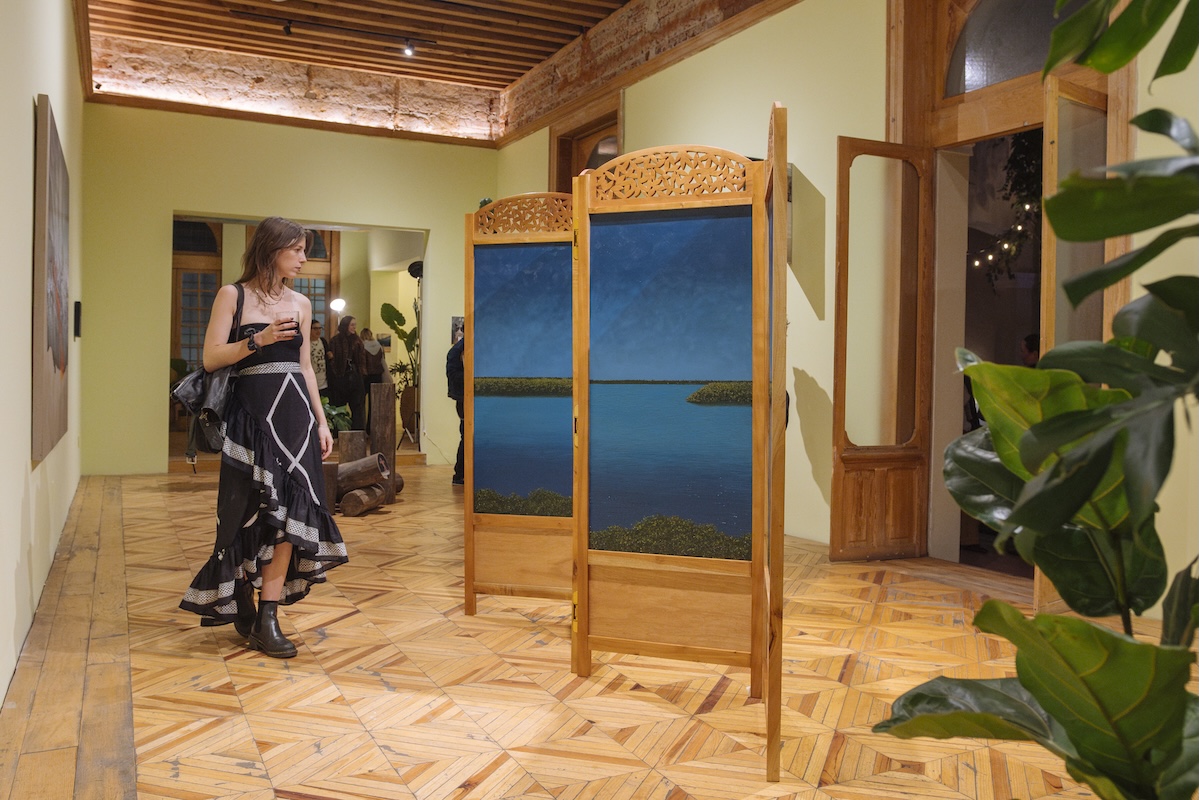 “Misrepresented,” 2025, Courtesy of Proyectos Públicos.
“Misrepresented,” 2025, Courtesy of Proyectos Públicos.
Alongside Mexico City’s Art Week, Proyectos Públicos launched Trayectos 2025, an ambitious initiative that connects the capital’s key architectural entities of yesteryear to map out major art events across the city. By bypassing traditional gallery models and offering accessible programming, they are truly democratizing art for everyone, and for free. Trayectos activates all of the Proyectos Públicos’ properties with installations and exhibits while tapping into their creative network and offering recommendations beyond.
The first stop is the exhibit at their Barcelona house, called “MISREPRESENTED,” which focuses on landscapes and is curated by David Miranda. It features Mexican artists who challenge dominant narratives in art through unique approaches—whether by photographing vintage photo booths, creating popular memes, or crafting whimsical landscapes.
The Blank Canvas that is Hotel Reforma, and the Debut of Casa Margarita
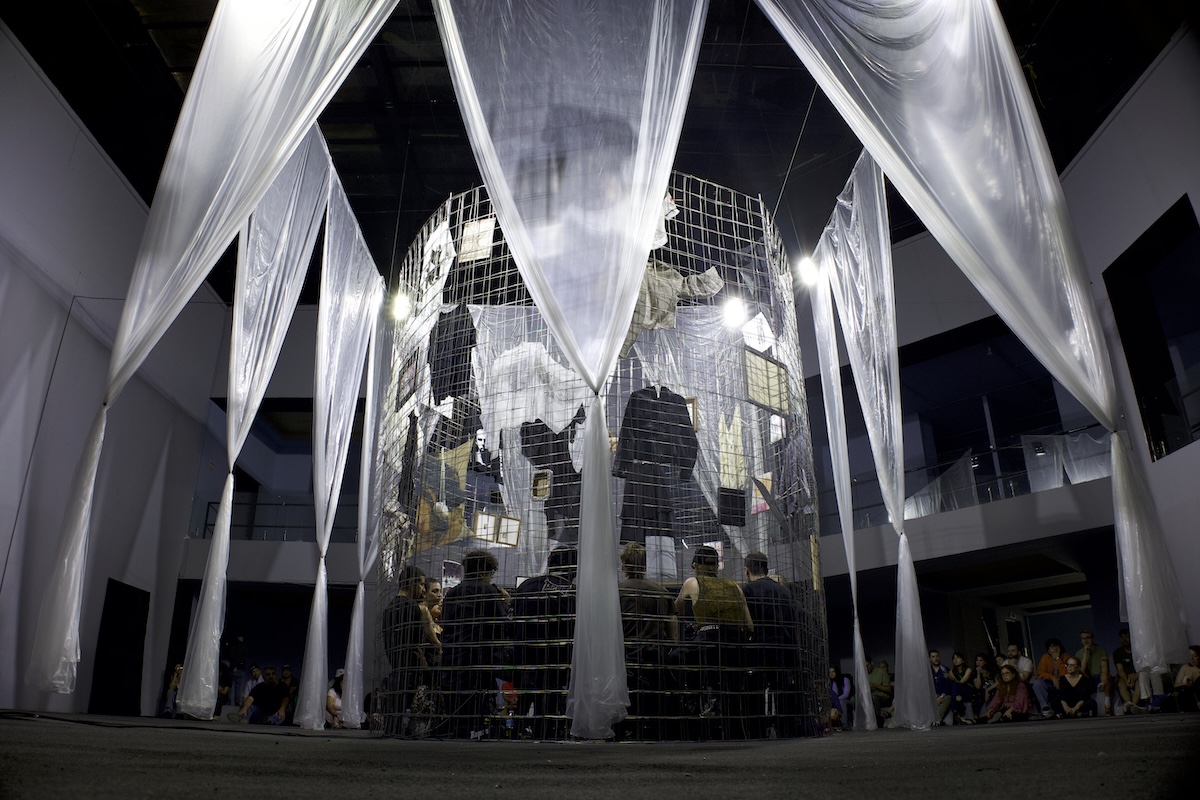 Courtesy of Hotel Reforma.
Courtesy of Hotel Reforma.
Another Mexico City classic in the Proyectos Públicos rolodex is Hotel Reforma, one of the city’s first grand hotels and a mid-century masterpiece. Conserved in its original glory, this eerily empty space serves as a blank canvas. The exhibit, “Lo Intangible Proyectado Sobre lo Inmutable,” explores how intangible forces, though unseen, can alter everything they touch.”We wanted to ensure that Art Week isn’t only lived at the fair, but also on the streets.” And so anyone can truly just walk in.
”We wanted to ensure that Art Week isn’t only lived at the fair, but also on the streets,”
Annabelle Herelle
The collective is also debuting Casa Margarita during Art Week—the last house of poet Margarita Quijano—as a new literary space. Guests are invited to immerse themselves in the untouched space that’s currently undergrounding some final renovation stages. Among the activities is the “Galería Hablada” exhibition, where art is presented through poetry rather than visual works.
Rebollar Showcases the Public Library of Architect Agustín Hernández
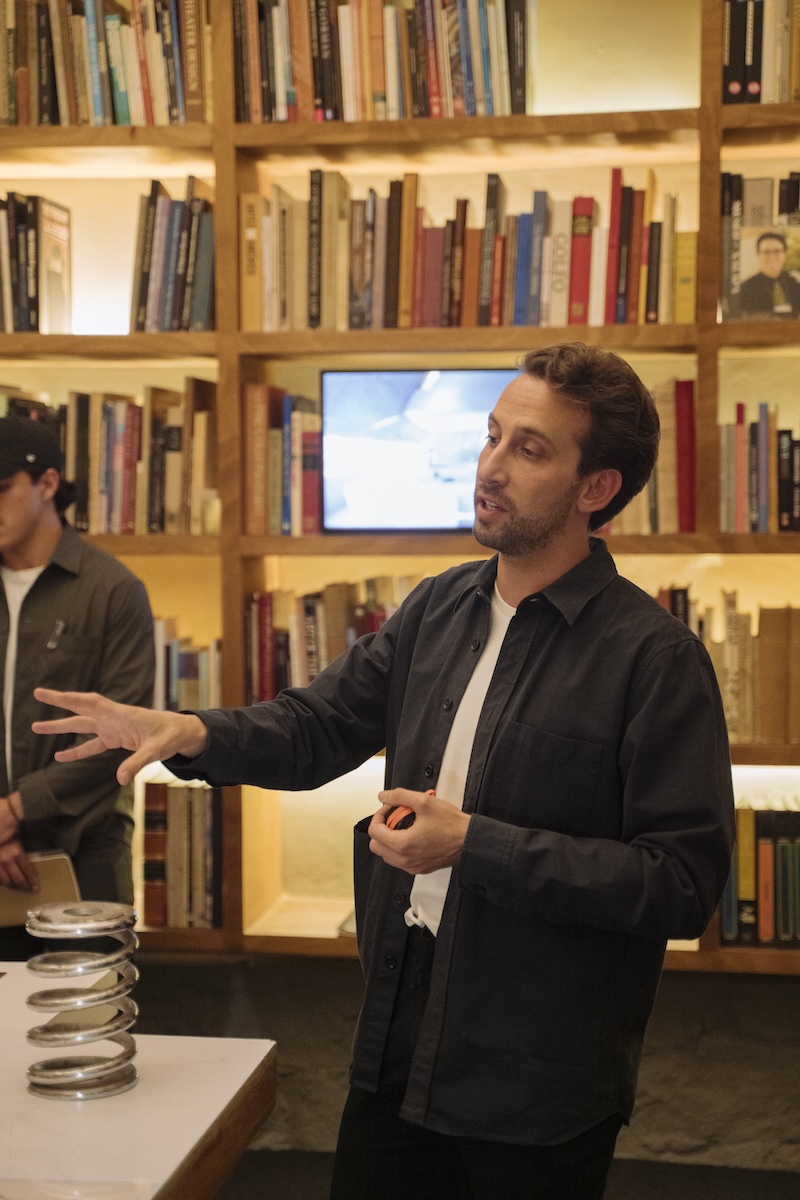 Courtesy of Praxis.
Courtesy of Praxis.
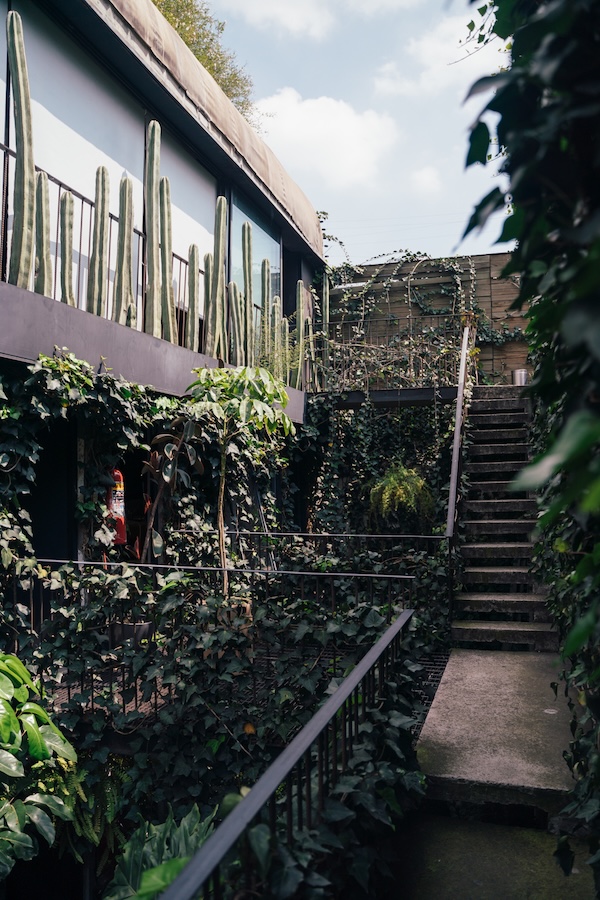 Rebollar; Courtesy of Proyectos Públicos.
Rebollar; Courtesy of Proyectos Públicos.
Finally, the tour reaches Rebollar, ironically one of the first properties Proyectos Públicos acquired and an early host of Salón Acme. Today, Rebollar opens its doors to reveal the public library of the genius architect Agustín Hernández, the mind behind Praxis. On an upper level, visitors can view personal journals and sketches of one of Mexico’s most influential living architects, Alberto Kalach, in an exhibit titled “Los Grandes Proyectos y Las Pequeñas Acciones.” This unedited archive is a masterpiece, offering an unprecedented look into the architect’s impact on the city—including designs like Biblioteca Vasconsuelos and the newly opened Casa Wabi Sabino.
Stepping away from the white walls and fairs offers an opportunity to engage with the city’s dynamic artistic and architectural landscape—one that thrives year-round, not just during art week—alongside the individuals who shape it.
